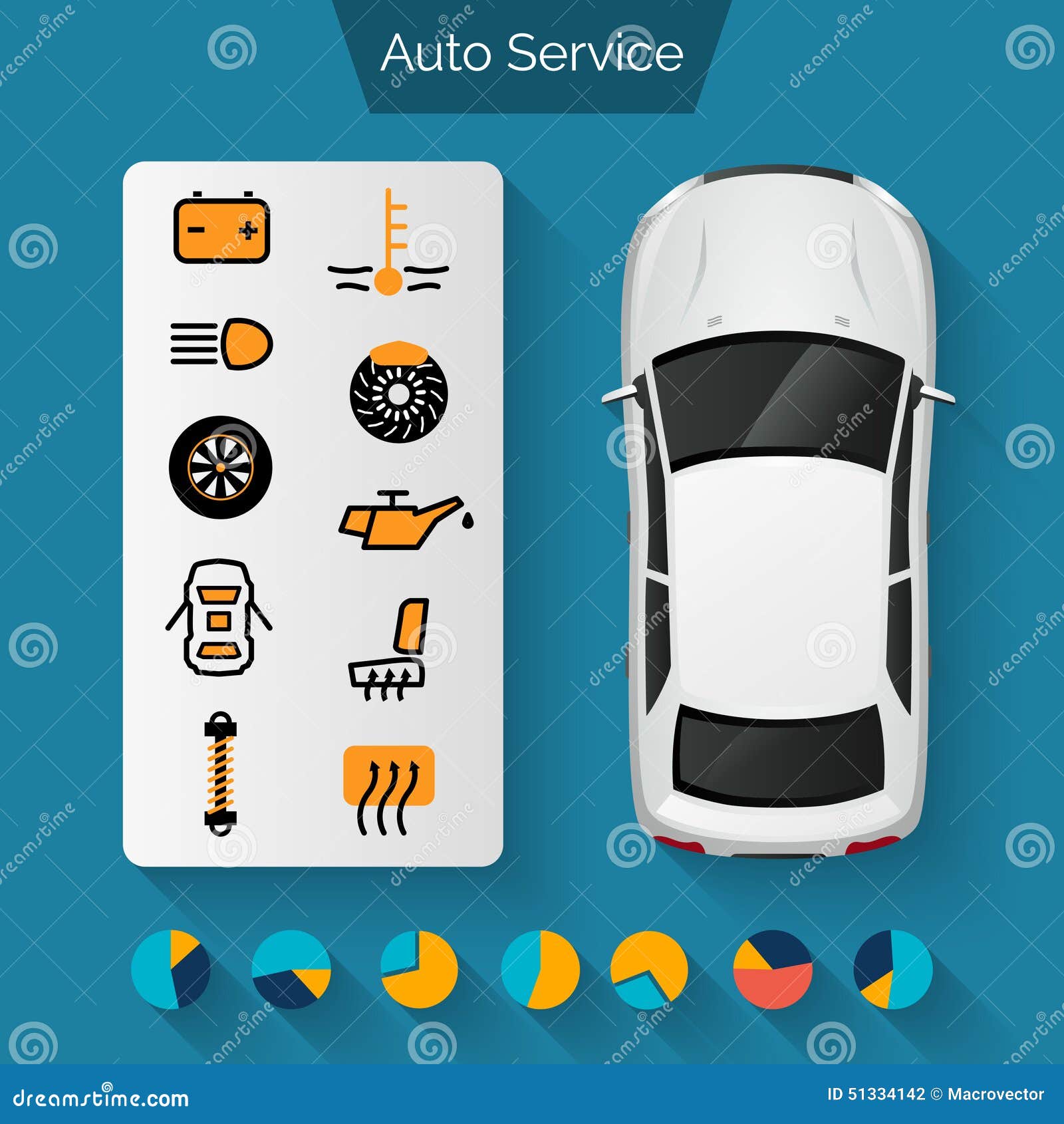Want To Find Out More About The Caution Lights On Your Control Panel? Uncover What They Suggest Regarding Your Car'S Health And Wellness
Want To Find Out More About The Caution Lights On Your Control Panel? Uncover What They Suggest Regarding Your Car'S Health And Wellness
Blog Article
Content By-Lim Gilbert
When you're behind the wheel, those beautiful warning lights on your dashboard can be a little bit perplexing. Do https://www.wric.com/news/crime/vandal-slashes-54-tires-at-auto-shop-multiple-businesses-in-chesterfield/ recognize what they're trying to inform you about your auto's health? Comprehending the significance of these lights is crucial for your safety and security and the durability of your car. So, the following time among those lights appears, wouldn't you wish to understand its message properly and take the necessary steps to resolve it?
Common Caution Lights and Interpretations
Identify usual warning lights in your cars and truck and comprehend their meanings to guarantee safe driving.
The most common warning lights include the check engine light, which indicates issues with the engine or exhausts system. If this light begins, it's critical to have your car checked without delay.
The oil stress cautioning light shows reduced oil stress, needing prompt focus to stop engine damages.
A blinking battery light may recommend a damaged charging system, potentially leaving you stranded if not addressed.
The tire pressure tracking system (TPMS) light signals you to low tire pressure, influencing car stability and gas performance. Ignoring this could lead to unsafe driving conditions.
The abdominal light indicates an issue with the anti-lock stopping system, jeopardizing your capability to quit rapidly in emergency situations.
Finally, the coolant temperature level warning light warns of engine getting too hot, which can lead to severe damage if not dealt with swiftly.
Recognizing these common caution lights will assist you deal with concerns quickly and maintain safe driving conditions.
Relevance of Prompt Interest
Recognizing the usual warning lights in your automobile is just the very first step; the relevance of quickly dealing with these warnings can not be emphasized sufficient to ensure your safety and security on the road.
When a warning light illuminates on your dashboard, it's your vehicle's way of connecting a possible issue that requires attention. Overlooking these warnings can result in extra serious issues in the future, endangering your safety and possibly costing you more in repairs.
Trigger attention to warning lights can protect against breakdowns and accidents. For example, a blinking check engine light could indicate a misfire that, if left neglected, could trigger damage to the catalytic converter. Resolving https://elliotlhavp.dm-blog.com/30030553/triumph-tale-recovering-an-overlooked-vehicle-via-expert-outlining can save you from a costly repair work.
Similarly, a brake system warning light might signal low brake liquid or used brake pads, essential components for your safety when driving.
Do It Yourself Troubleshooting Tips
If you see a caution light on your dashboard, there are a few DIY fixing pointers you can attempt prior to seeking specialist aid.
The primary step is to consult your automobile's handbook to recognize what the details caution light suggests. Often the concern can be as simple as a loosened gas cap setting off the check engine light. Tightening the gas cap might solve the trouble.
Another usual concern is a low battery, which can set off different advising lights. Checking the battery links for deterioration and guaranteeing they're safe could take care of the problem.
If a warning light persists, you can try resetting it by separating the cars and truck's battery for a couple of minutes and after that reconnecting it. Furthermore, examining your car's fluid degrees, such as oil, coolant, and brake liquid, can help troubleshoot advising lights related to these systems.
Conclusion
Finally, understanding your automobile's warning lights is essential for keeping your automobile running efficiently and safely. By immediately attending to these alerts and understanding what they suggest, you can stay clear of expensive repair work and prospective breakdowns.
Keep in mind to consult your car's handbook for specific details on each alerting light and take action as necessary to guarantee a trouble-free driving experience.
Remain educated, remain safe when driving!
